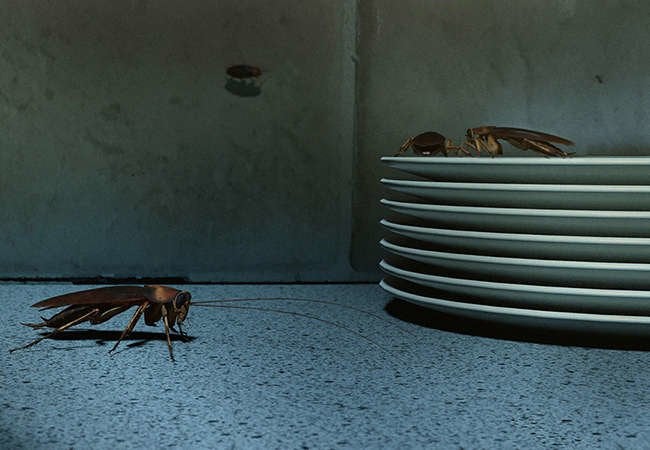

We may earn revenue from the products available on this page and participate in affiliate programs. Learn More ›
Home Advice You Can Trust
Tips, tricks & ideas for a better home and yard, delivered to your inbox daily.
When the Lights Go Out
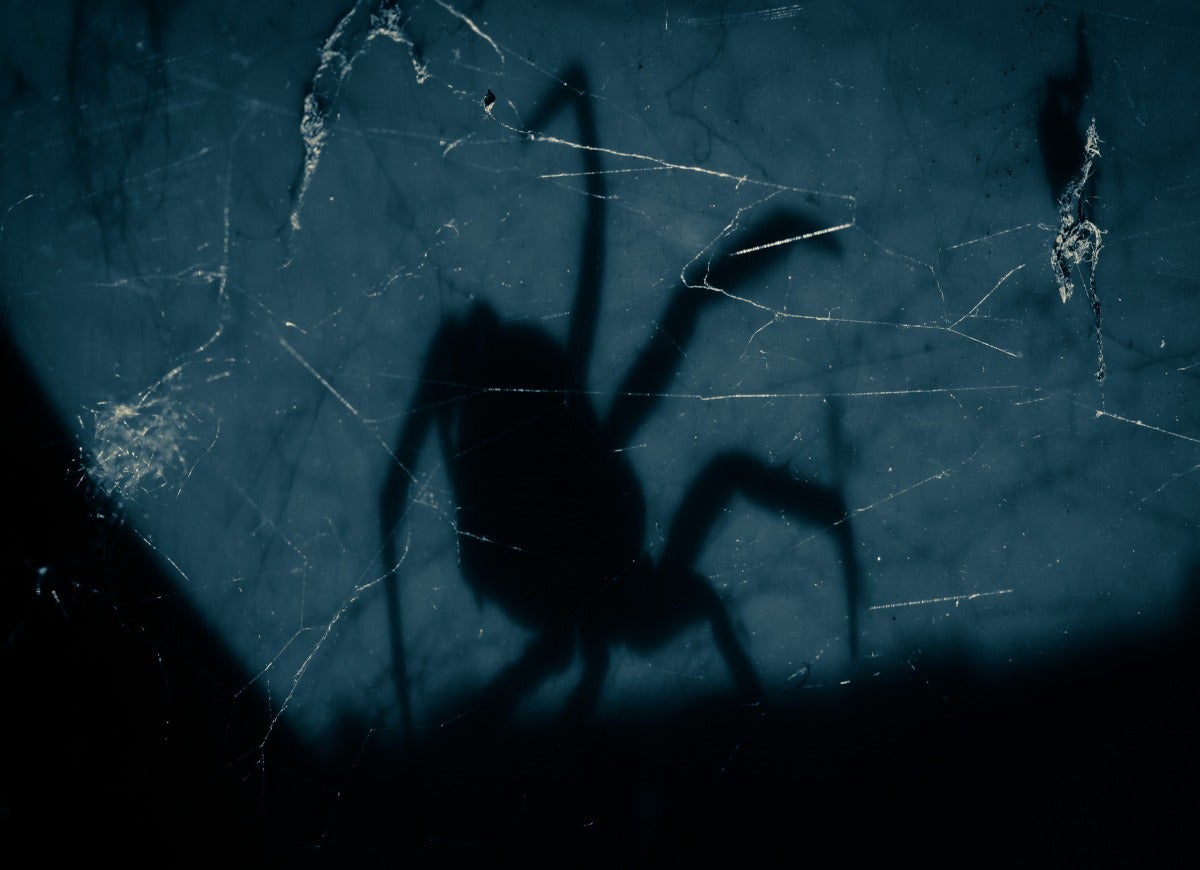
People don’t like to think about the creepy crawlers that prowl the house or the yard when they’re not watching. Pests that are most active under cover of darkness can do their share of damage, and are particularly tough to detect and eradicate because of the schedules they keep. The next time you’re taking out the trash late at night or hear unusual sounds in the walls, be on your guard for these nocturnal nuisances.
Bed bugs
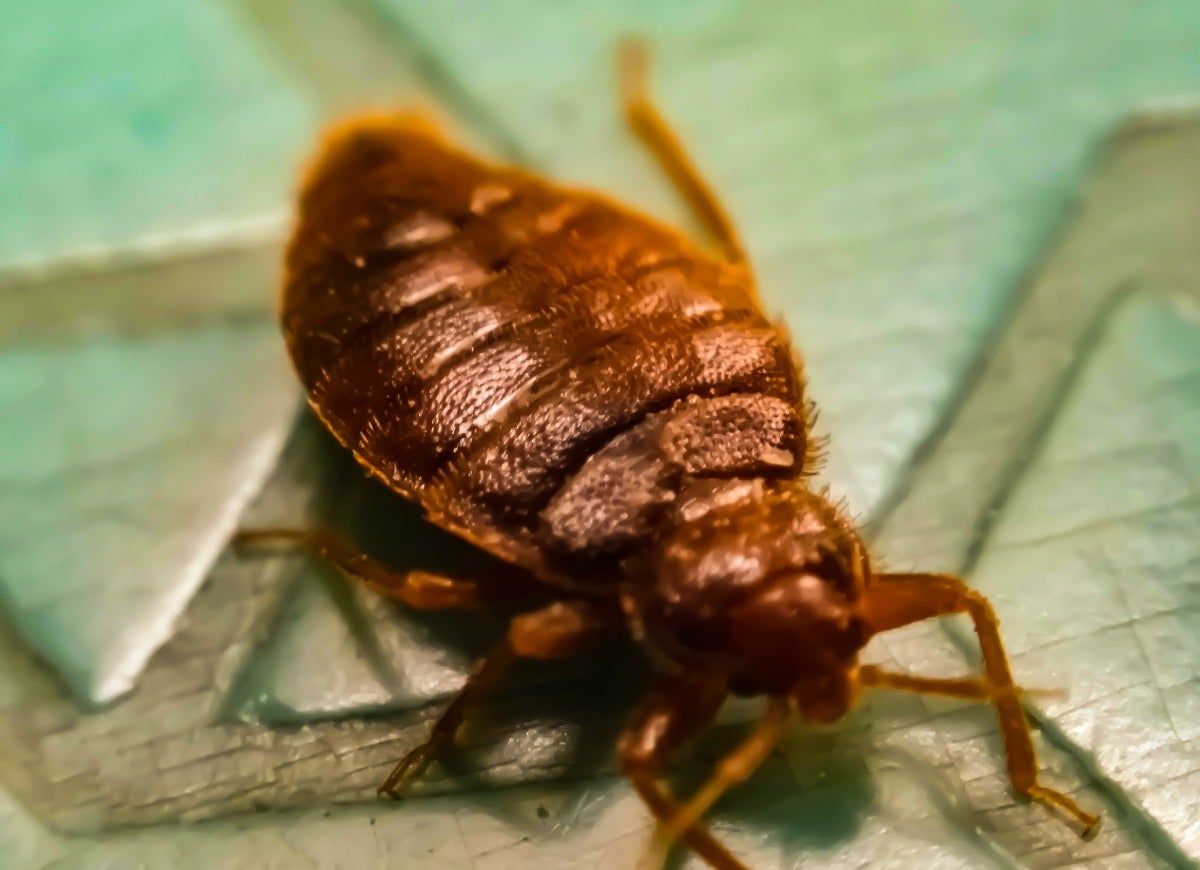
Perhaps the most dreaded nighttime pest of them all, bed bugs are sneaky little bloodsuckers. They hide in nooks and crannies are almost undetectable to the untrained eye. According to a 2018 National Pest Management Association survey, more than 50 percent of people reach out to pest control professionals after noticing bites on their bodies. Once bites appear, however, it’s likely there’s already a full-blown infestation.
Moths
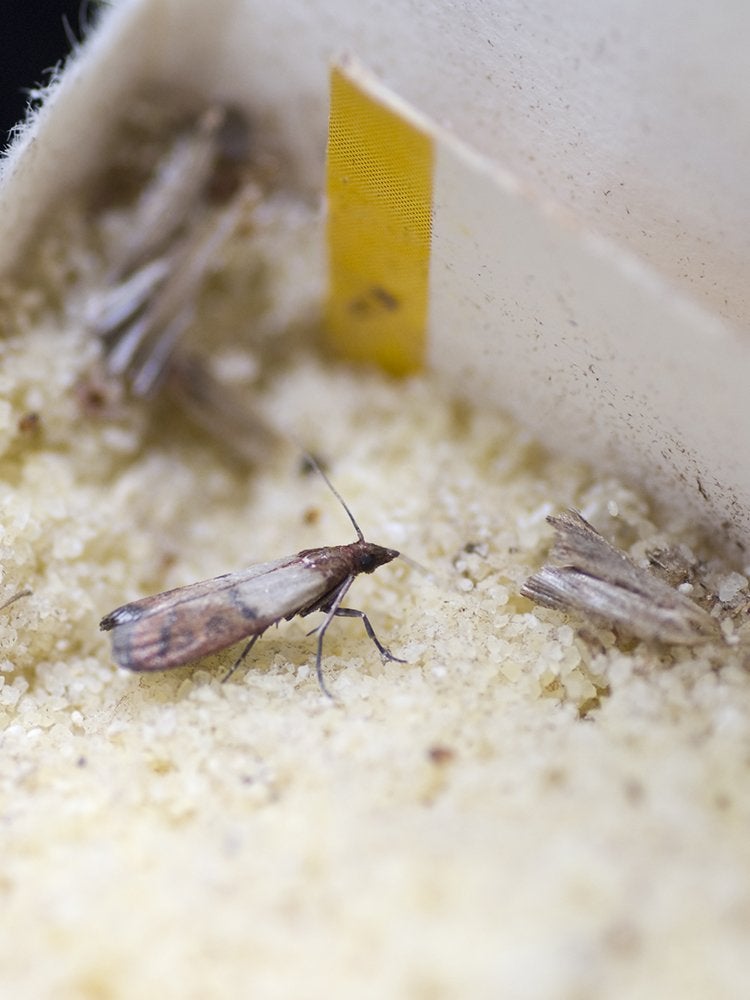
While not all moth species are active at night, many do prefer the cover of darkness. Some of these nocturnal insects are friendly garden companions that act as pollinators, but others wreak havoc indoors by contaminating food products and munching on clothing. Avoid a moth infestation in your pantry by properly sealing food containers and cleaning cupboards regularly.
Cockroaches
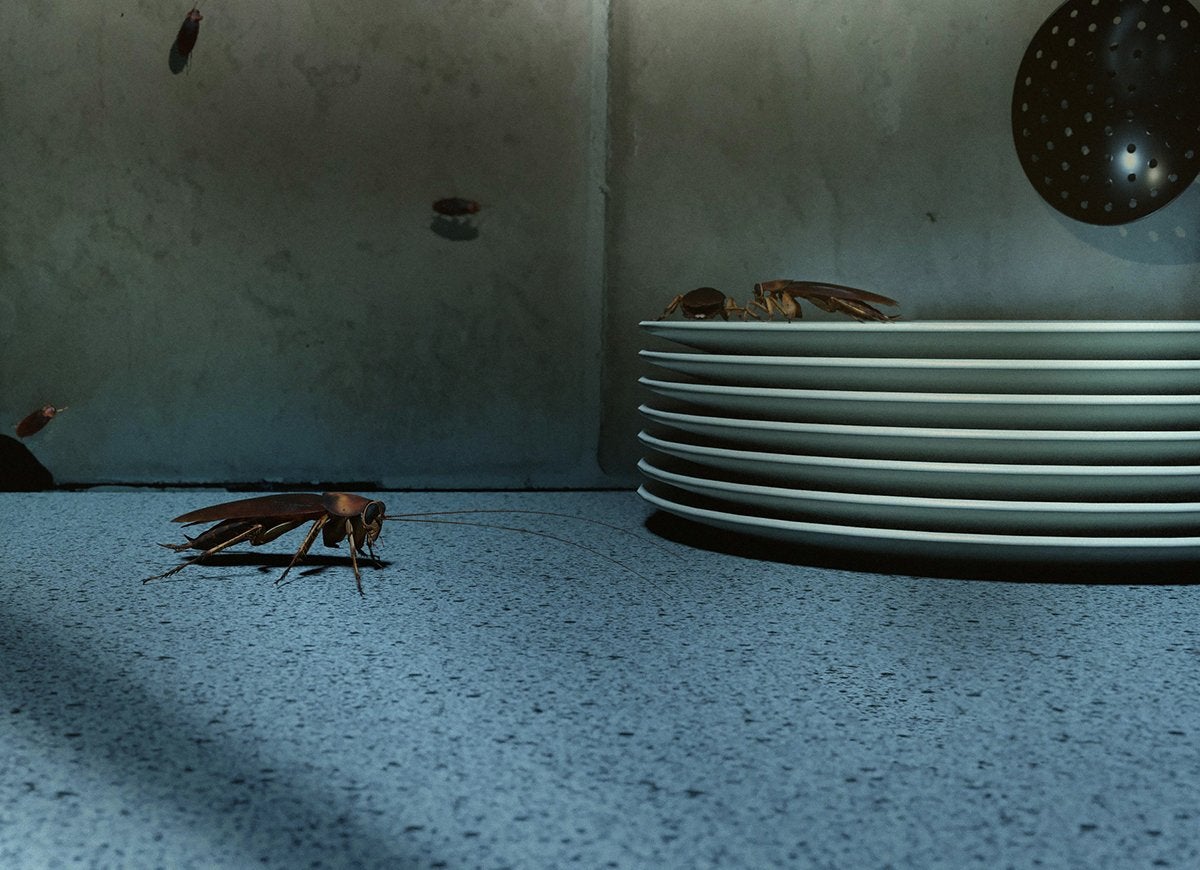
These nasty critters tend to hide during the day and emerge at night. Once the sun goes down, cockroaches come out to scavenge for food. If you think there’s no reason to worry about an insect you won’t cross paths with during the day, think again. While cockroaches aren’t bloodsuckers like bed bugs, they leave behind excrement that poses a health risk. Cockroach feces can also trigger asthma and allergies. If you spot cockroaches during the day it may be a sign of a serious infestation—it’s best to call a pest control professional immediately.
Slugs
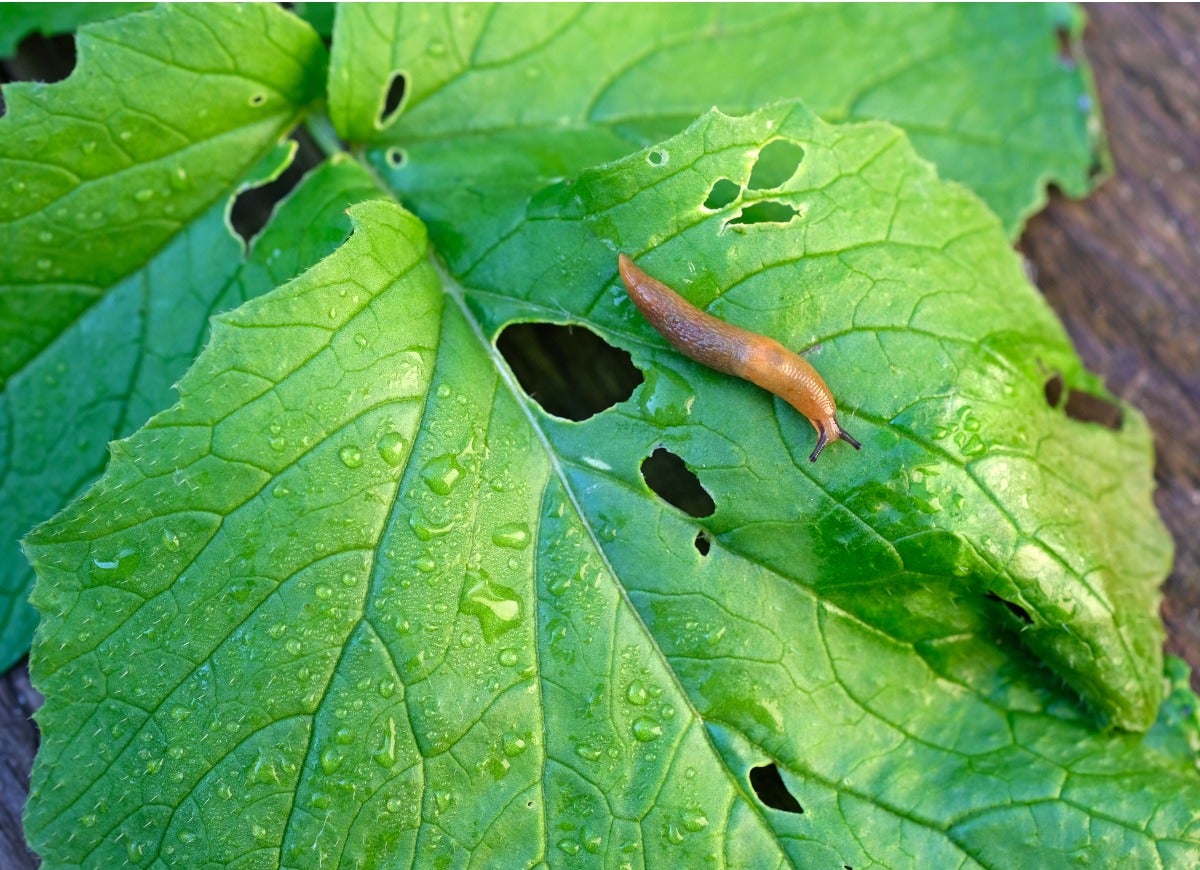
Your newly planted garden looks lush as the heavy rains of spring quench the thirst of young plants. Or it would look so if not for those large holes in your leafy greens. If your plants have become last night’s buffet, slugs might be responsible. Slugs are active at night and feed on whatever smells good in the garden. To prevent slugs from feasting on your plants, place traps nearby.
Earwigs
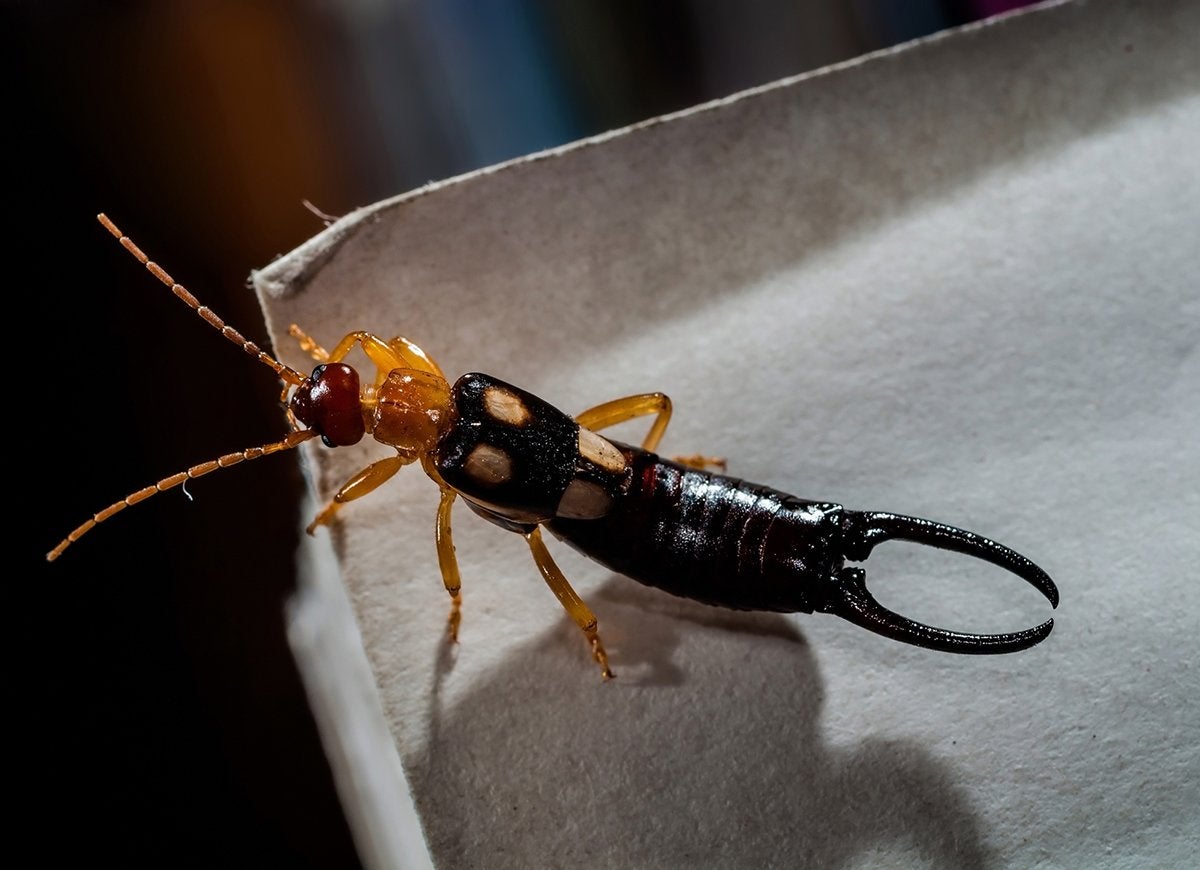
Earwigs are another nocturnal nuisance that can be controlled using traps. They can damage garden plants like lettuce and even bite humans when disturbed. They’re attracted to moisture, so if you want to avoid an accidental run-in with one of these pincered creatures, shake off towels and seat cushions before drying off after a swim or sitting down to eat.
Vine weevils
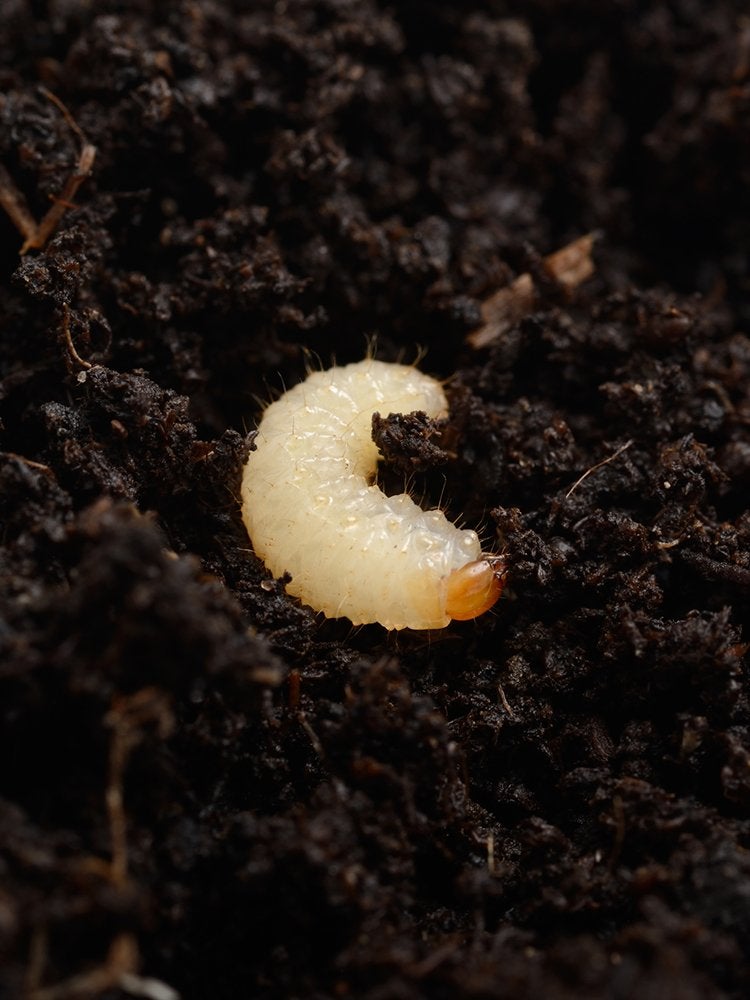
These little bugs can quickly kill plants. The larvae feed on roots, while adult vine weevils target plant foliage. To control these nighttime garden pests, sprinkle diatomaceous earth on and around affected plants. The microscopic shards are harmless to humans, but cut up soft-bodied insects upon contact.
Kissing bugs
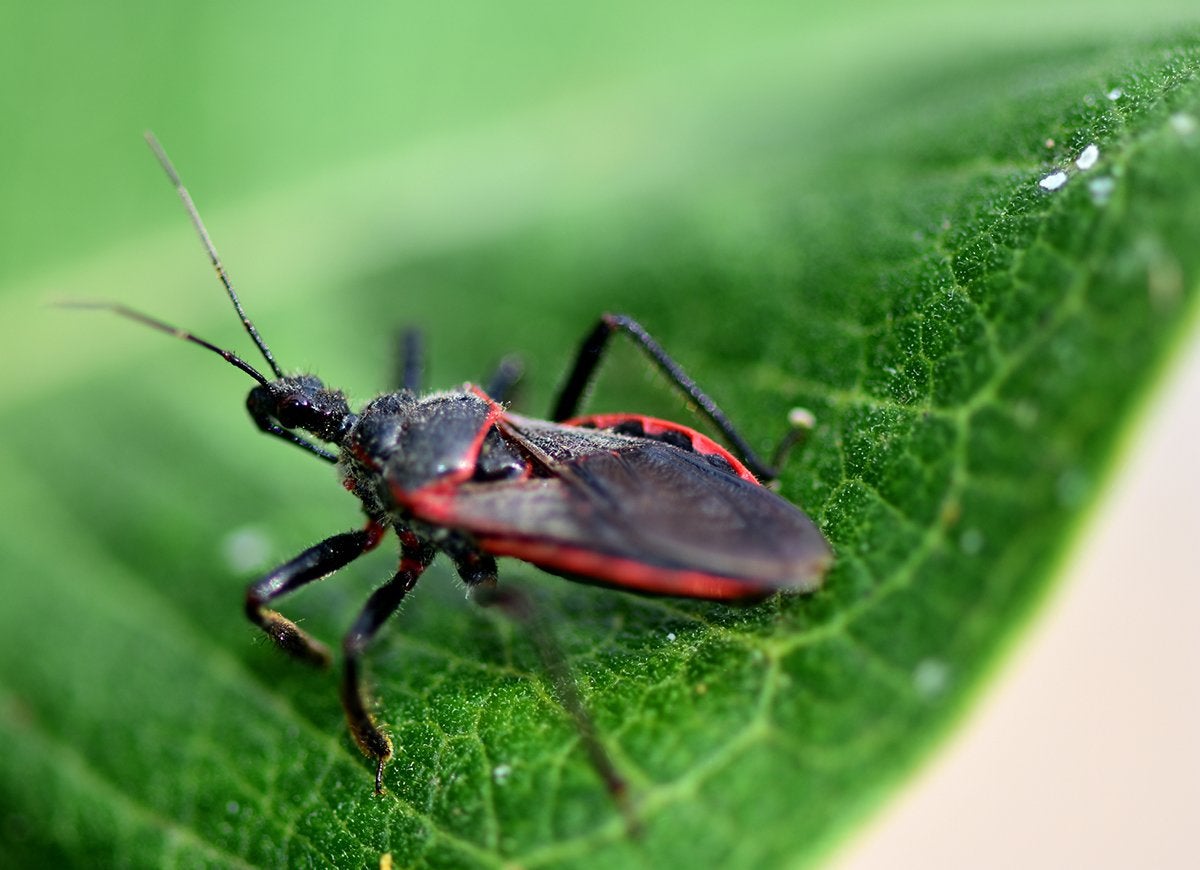
Kissing bugs sound cute, but they’re definitely not. The sizable bugs target sleeping humans and tend to bite people around the mouth. The insects are also known to spread diseases like Chagas disease.
Raccoons
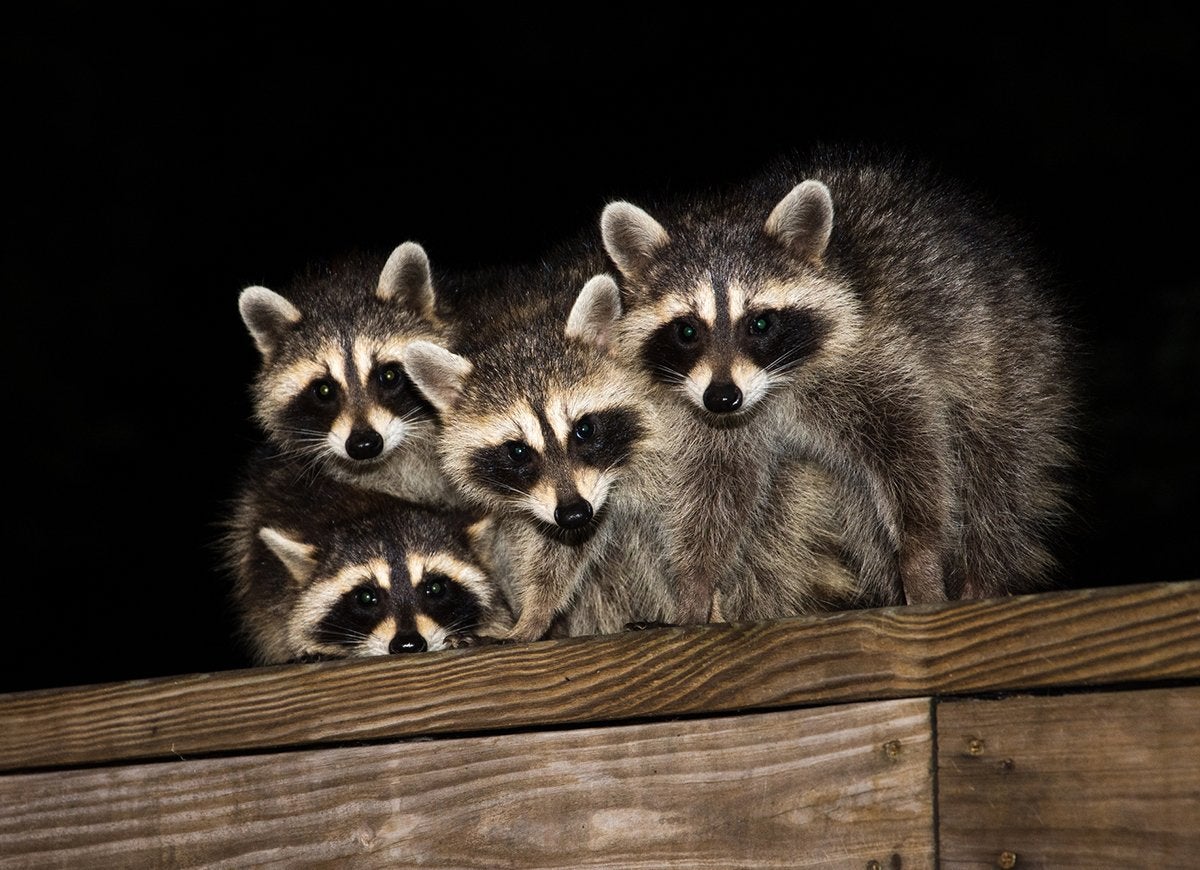
While many homeowners have an aversion to insect pests, even pesky mammals are harder to hate due to their cuddly looks. Whether you have a soft spot for raccoons or not, these masked foragers are happy to knock over your trash cans and spill refuse all over the place. To prevent raccoons from making a mess on your property, ensure your bins are tightly sealed.
Skunks
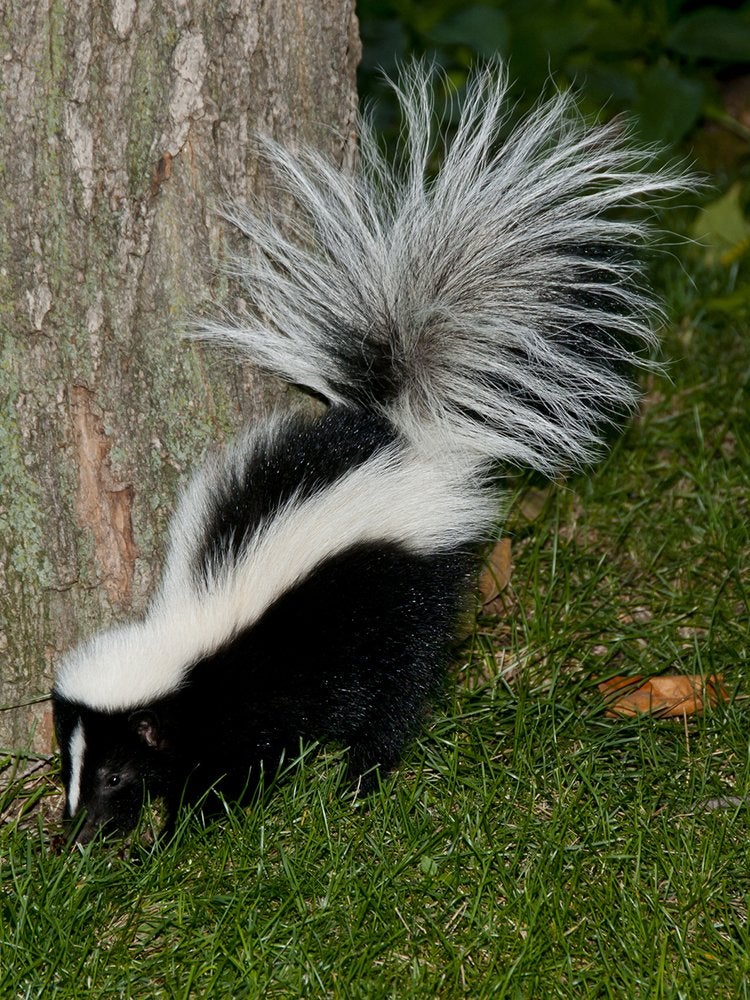
The waddling skunk doesn’t stray far from its burrow when it heads out at night. Unlike raccoons, skunks don’t usually bother with trash cans and prefer to hunt for grubs and other insects. Some skunks might dig holes in your lawn, but the damage isn’t typically serious. The real drawback to skunks is their odiferous spray, but if you stay away from them, they’ll stay away from you. Keep your pets away from skunks, too, or they could end up on the wrong end of a powerfully stinky surprise. Prevent skunks from taking up residence on your property by limiting access to areas where they might burrow: under porches, decks, and inside sheds.
Tomato Hornworms
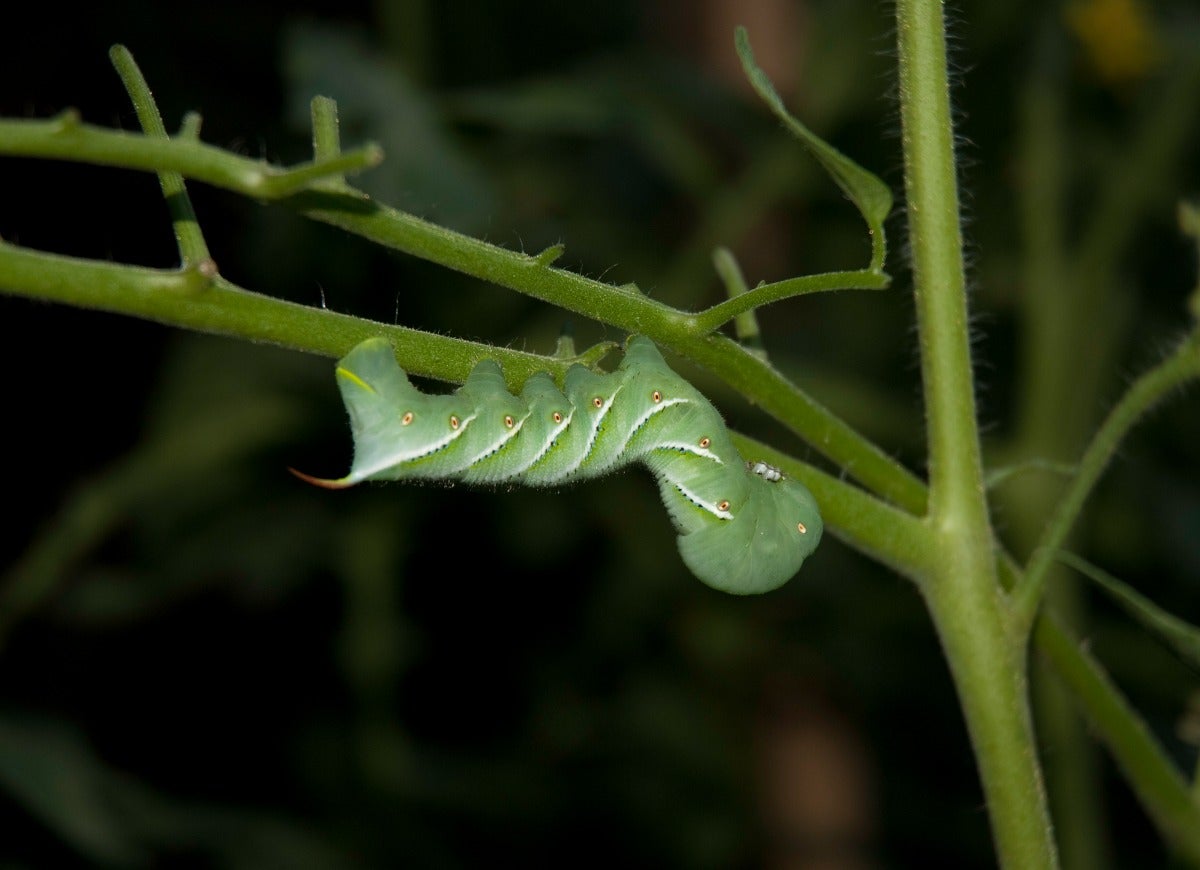
Come summertime, tomatoes are a home-garden staple. Unfortunately, these big green caterpillars can munch right through your crop of ‘maters, and other nightshade veg, like potato and eggplant. To spot them, look for chewed, wilted, or missing leaves. Or go out after dark with a black light, which will thwart their daytime camouflage and render them a pale, phosphorescent green. Pick them off by hand. If you have a backyard chicken coop, know that our fowl friends consider hornworms a tasty treat.
Bats
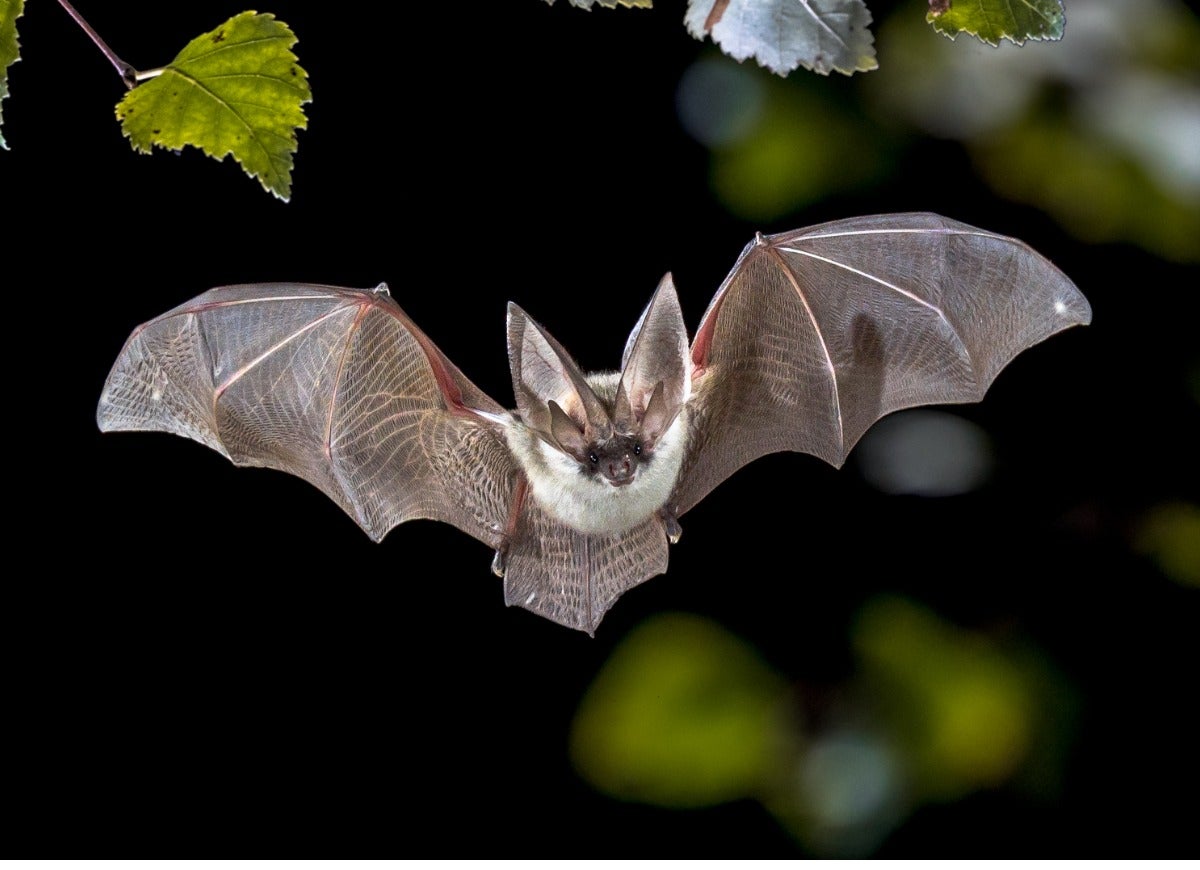
Are bats beneficial? You bet! For starters, they gobble up pesky mosquitoes; in addition, they play an important ecological role by pollinating plants and disseminating seeds. But bats have a dark side, too: While these creatures of the night don’t pose the significant rabies threat that most folks suspect—only about 1 percent of bats are rabid—their droppings are dangerous. Bat feces carries a fungus that can lead to a lung disease called histoplasmosis. Droppings can pile up on a roof, eventually causing a cave-in. If this isn’t bad enough, the smell of bat guano will attract cockroaches. It’s not easy to eradicate these flappy foes yourself, so call in the pest-control pros.
Snakes
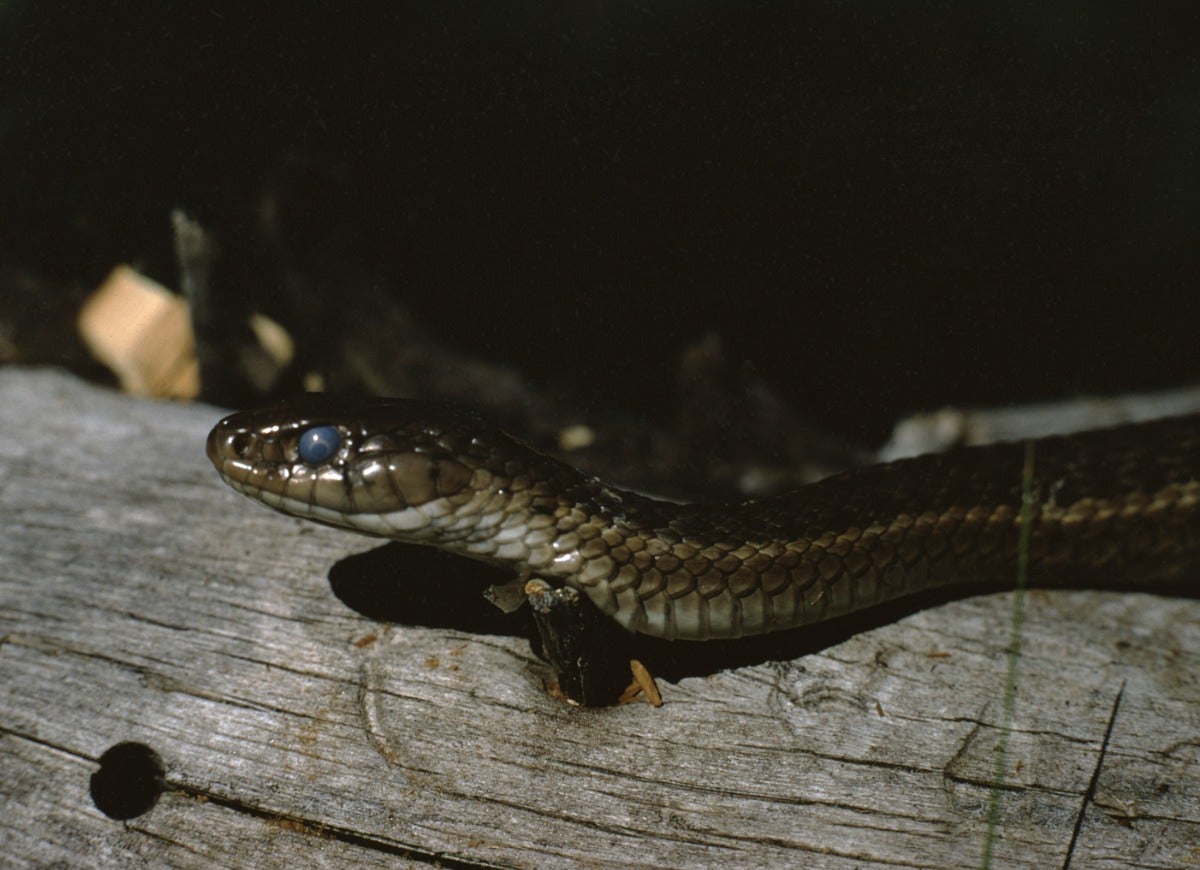
Snakes are also a lot less harmful than we’ve been led to believe. (Or, at least, the most common backyard species, garter snakes, are pretty harmless.) One characteristic in the plus column for snakes is that they keep the rodent population in check. The bad news for folks with coops is that snakes prey on chickens.
Though most snakes are not too bothersome, the truth remains that most people don’t want them near their house, let alone in it. If you see a snake while sitting around the fire pit or otherwise enjoying a nighttime excursion, consider spraying it with a hose or using a snake repellent to make your property less attractive to them.
Foxes
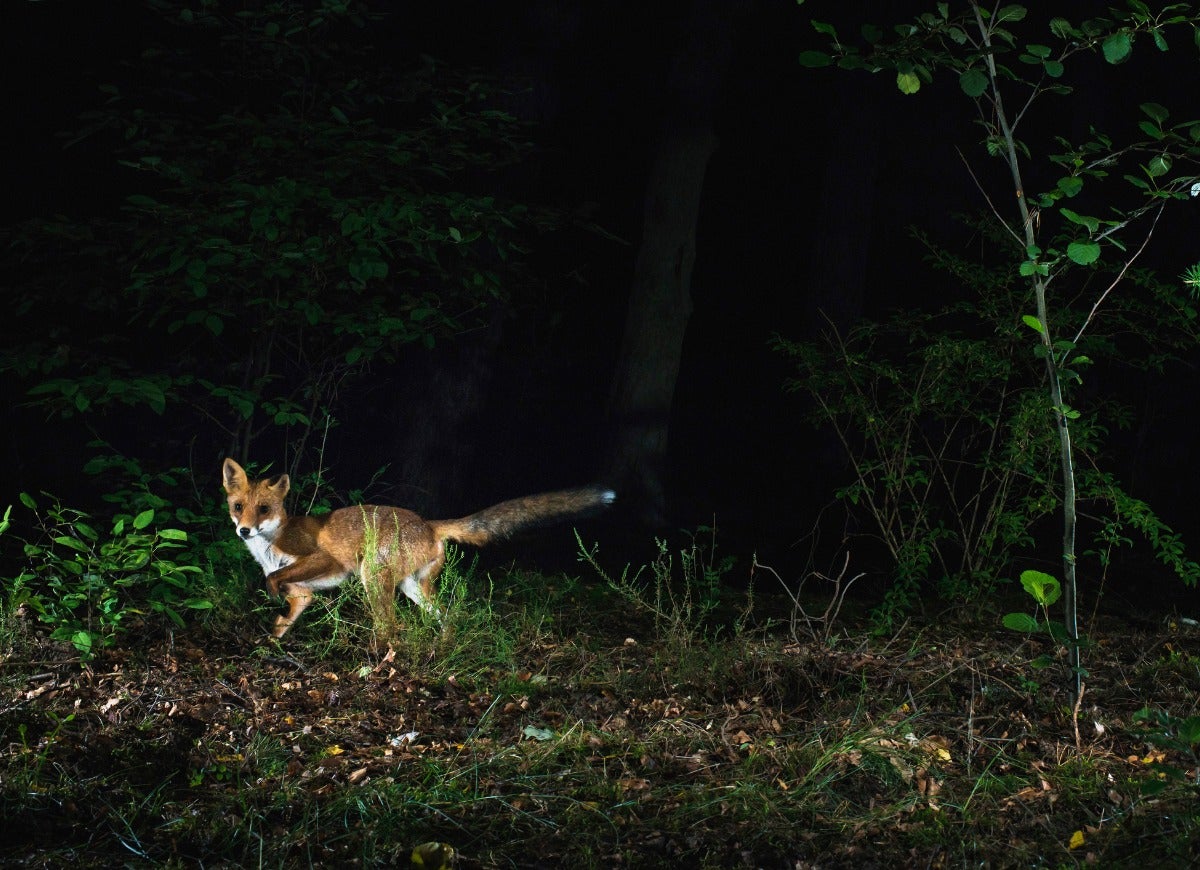
Our next pest, the fox, is a beautiful, even elegant animal, but it will kill a backyard flock quicker than you can say “jump over the lazy dog.” Foxes have been known to prey on small pets, too, so keep your guinea pigs and bunnies safe by bringing them indoors at night.
Although primarily nocturnal, foxes are occasionally crepuscular, which means that they’re active at dawn or dusk. They sometimes make daytime appearances too, especially during mating season. Keep your hens safe and snug in a sturdy coop if you spot a prowling fox on your property.
Opossums
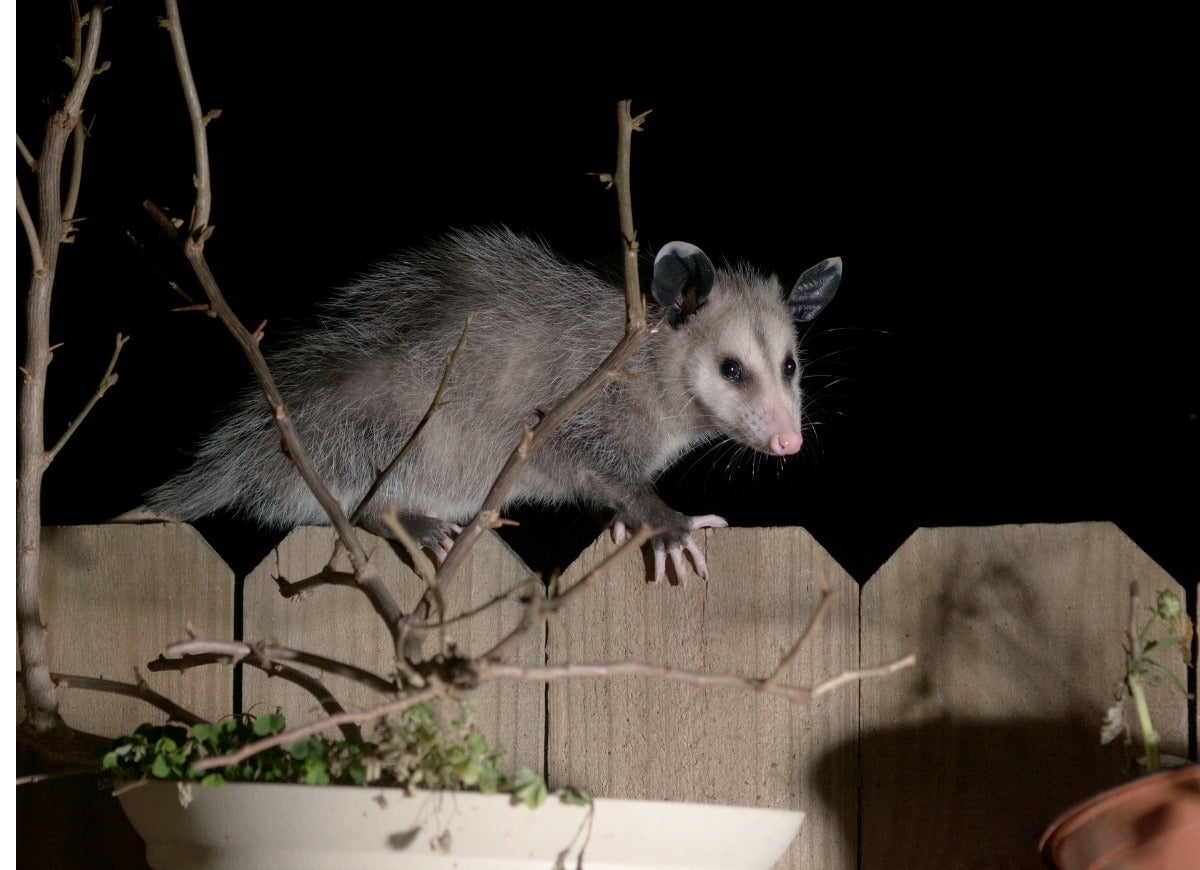
If the opossum had a theme song, it would probably be the Patsy Cline classic “Walkin’ After Midnight.” These marsupials are some of the most solitary creatures around, and when they go out to scavenge for their supper, it’s well past sundown. Opossums won’t usually attack humans or household pets. Because they’re frequently infested with fleas, however, they’re potential vectors of infectious diseases like tuberculosis, tularemia, and spotted fever. What’s more, a hungry opossum might raid a birdhouse or even ransack a coop, where their 50 small but super-sharp teeth (the highest number of any wild mammal in North America) can do significant damage.

Meet the 2025 Tools of the Year
After months of scouring the market and putting products through their paces, we’ve named the best of the best in new tools. There’s something for everyone, from veteran pros to average Joes.